FRIENDS OF THE NATIVITY
I grew up with a beautiful hand-carved Italian manger scene that was as prominent in our living room as the live fir tree standing across from it. The wooden pieces were quite large and I particularly liked the animals, but I understood they weren’t toys. My sisters and I had a smaller nativity we could set up on our own in the basement.
My church had an even bigger crèche. Only those lucky few chosen to place the figures in the manger scene during the telling of the Christmas story were able to touch those shiny ceramic pieces during the children’s service. Naturally, I had seen other crèches – elaborate setups in museums, outdoor settings, etc., but when I got to Italy, I was overwhelmed by their number, variety, detail and the care that went into the creation of the Christmas tableaux.
These nativities that came in all shapes and sizes were backed up by people in clubs and organizations whose efforts focused solely on this holiday tradition. Groups such as the Associazione Presepi d’Italia and Amici del Presepe had national and local societies for the presepe or presepio (terms used interchangeably). These were a people who were truly Friends of the Nativity.
BUILD IT AND THEY WILL COME
If I lived in Naples, I’d probably be able to dedicate an entire blog just to the presepi or nativity scenes, as the Neapolitans have taken the tradition and run with it. The representations are very often elaborate affairs that include figures from all walks of life, so in addition to the Holy family, the Magi and farm animals, you can find the fishmonger, the butcher, the baker, and any other personality imaginable, both past and present. The size, number of moving parts and water features can be quite impressive. So popular, Naples even has a street in the heart of the city, Via San Gregorio Armeno, devoted to the artisans who make them and their shops that sell the figurines all year long.
Many Neapolitans, in particular, make their own crèches at home. Some assemble acquired figurines and structures, while others build them all from scratch. Visiting a church in Amantea, Calabria, I was impressed with what appeared to be the initial foundation of an extended nativity scene as early as mid-October. Pieces of cardboard boxes were arranged in the background for presumed support of the structure; styrofoam and other materials remained suspended in the cut-and-paint stage, forming columns, archways and stairs; and the stars and clouds on the canvas sky waited patiently for the rest of the scene to be completed. How many hours of work, performed every year for the enjoyment of this tradition?
THE STAR OF BETHLEHEM
Many towns and organizations have crèche competitions – and only some of them are for children. One holiday season traveling through Sicily, I went from town to town voting on my favorite creations. I wonder whatever came of the Holy Family inside the Coca-Cola bottle, or the one sitting atop a seashell, or another one made out of beans.
After the first few displays, I was tuned in to the telltale “crèche alert” of an electrified Star of Bethlehem positioned over the exhibit’s entranceway. In Italian, the Stella di Betlemme is often referred to as the stella cometa or literally “comet star.”
CREATIVE CRÈCHES
Of all the inventive crèches I’ve come across, apart from the always engaging Neapolitan-style nativities with their fascinating figurines, a few have really stuck with me. One was at a chocolate festival in Taormina, Sicily. Perhaps my olfactories were also involved in this case as the manger scene in question was made out of panettone and white chocolate. I don’t really like the sweetness of white chocolate, but then again I can’t see myself eating little baby Jesus. The panettone was still quite fresh, however, which may be what drew me in. The crèche’s cream to beige tones also lent a purity to the scene.
On the opposite color spectrum, a simple creation made out of old LPs stood out for me at a nativity display in Rome. One phonograph record served as the base, and the figures of the Holy Family were constructed from carefully cut old vinyl. The pieces were sculpted and layered in a way that gave movement to the representations. It was as if the platter was spinning. Unfortunately, no photographs were allowed, so the whirl that crèche transmitted is only preserved in my head, only to pirouette faster with each glass of eggnog.
LIFE-SIZED NATIVITY SCENES
Churches are mainstays of the nativity scene, and their presentations lean towards the traditional. The Vatican sports crèches both inside St. Peter’s and in the square outside. With the spectacular backdrop of the papal basilica, the life-sized, alfresco crèche in front of the Egyptian obelisk and flanked by a fittingly tall Christmas tree makes for a classic picture postcard of Christmas in Rome. There’s also a smaller, tabletop manger scene inside the basilica.
Another sizable crèche that caught my eye on a visit to Rome was a solid wooden set composed of just a handful of figures. It was situated behind a little rope in part of the large interior floor space of the Pantheon. The holy participants and donkey seemed rather tranquil given the noise level in the ancient Roman structure. No one was really paying any attention to the spirit they endeavored to portray. Guides with little flags on collapsible sticks passed by with groups of tourists, conversing and shouting to their friends, oblivious to the crèche’s minimal, yet sturdy presence.
THE LIVE NATIVITY
For a more evocative nativity experience, Italy has wonderful settings for the presepe vivente or living nativity. The haunting, ancient cave dwellings in Basilicata known as the Sassi di Matera claim to have the largest live nativity in the world. On certain dates, visitors can even dress up and become part of the tableau.
I have a fond, slightly bone-chilling memory of a presepe vivente on a windy December evening along the shore of the town of Custonaci in the Sicilian Province of Trapani. Coastal grottos that had been used as habitations from prehistoric times host both a living history museum as well as a nativity during the Christmas season. Such vivid settings really do make the religious images come alive.
In Reggio Calabria, I had the opportunity to view a nativity procession a couple of days before Christmas. The costumes were excellent and Mary actually appeared to be with child. Was it a requirement for the role? Did the original wise men really wear glasses? I can’t attest to the authenticity of the footwear, either, but the Roman soldiers looked serious, the animal skin of the shepherd’s bagpipe was certainly genuine, and the angels had lovely feathered wings.
NATIVITY SOUVENIRS
So what can one take home from all of this? Well, there are plenty of crèche souvenirs from all over the country, ranging from the delightful creations found in a Neapolitan alley to a Venetian ensemble in Murano glass. As I’ve spent a good deal of time in Calabria of late, I’ve put a few of the small ceramic sets from Seminara in my suitcase. The town in the Province of Reggio Calabria is well known for its artisans that produce a characteristically colorful pottery.
I would like to have carried back a little bauble for myself, such as the silver edged amethyst with miniature figures in coral that I spotted one year in the window of Gerardo Sacco’s boutique on Reggio’s main shopping street. The Calabrian jeweler who has created pieces for the likes of Liz Taylor and Monica Bellucci may just be too rich for my blood, but one can dream. And there’s something for everybody, “Away in the Manger” … in Italy.
More on Christmas in Calabria in Calabria: The Other Italy, my non-fiction book about daily life, history, culture, art, food and society in this fascinating southern Italian region.
More on Christmas in Italy in my posts Christmas Eve at St. Peter’s, Images of Christmas in Calabria, Calabrian Figs: A Christmas Treat from the Ancients, and about Calabrian ceramics in my post The Ceramics of Seminara – In the Studio of Enzo Ferraro.
Photo credits: Detail of Nativity Scene in Sorrento courtesy of Gustavo Oliveira, Pastorelli 2011, San Gregorio Armeno (Napoli) courtesy of Umberto Rotundo, Star of Bethlehem (Stella cometa) courtesy of Susanna A.
Thinking of traveling to Italy? Why not take a Calabria tour or a Basilicata Tour?
“Like” Calabria: The Other Italy’s Facebook page and follow me on Karen’s Instagram and Karen’s Twitter for more beautiful pictures and information.
Sign up below to receive the next blog post directly to your email.

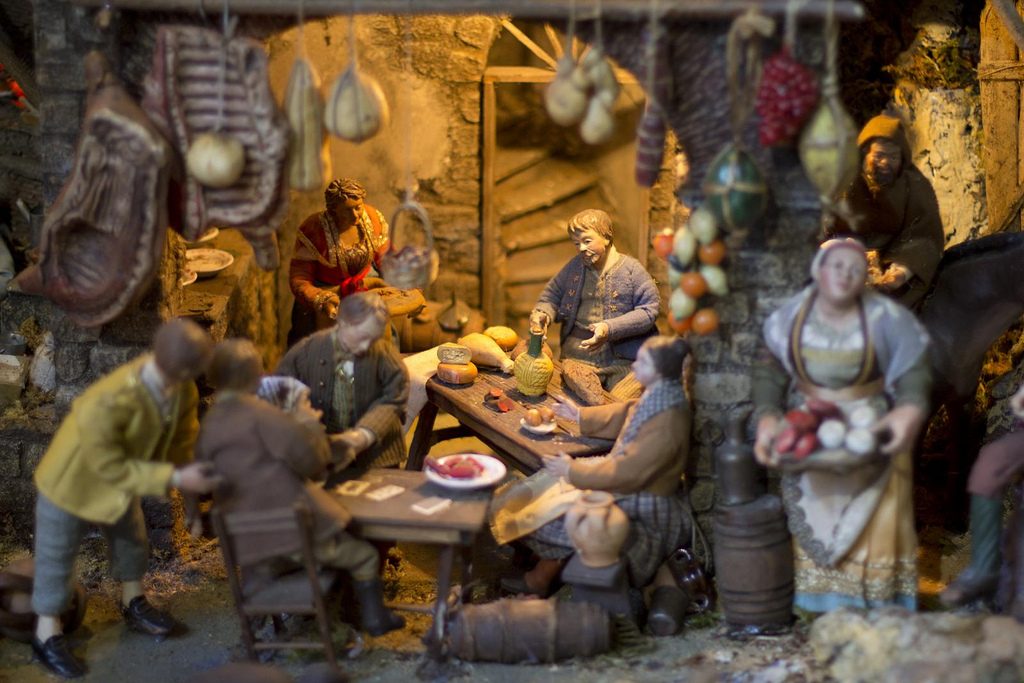
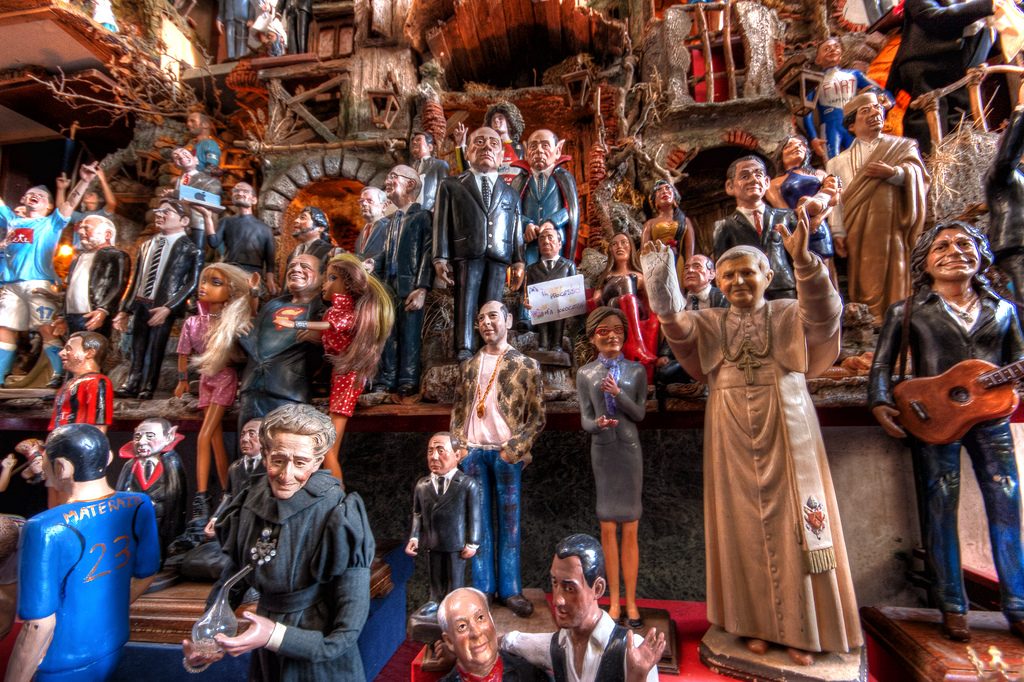
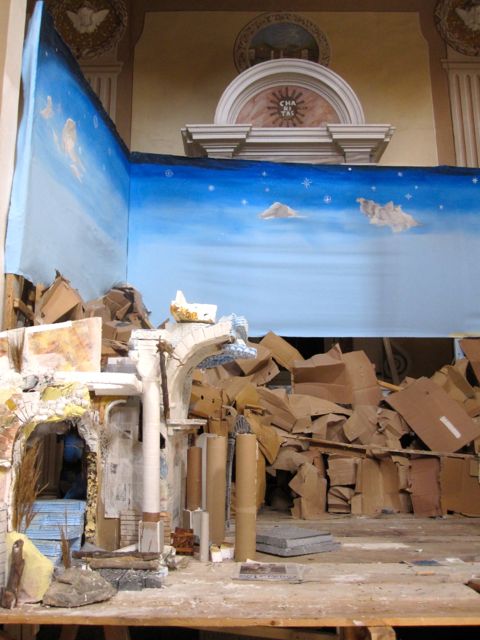
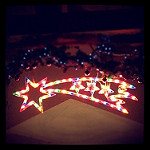
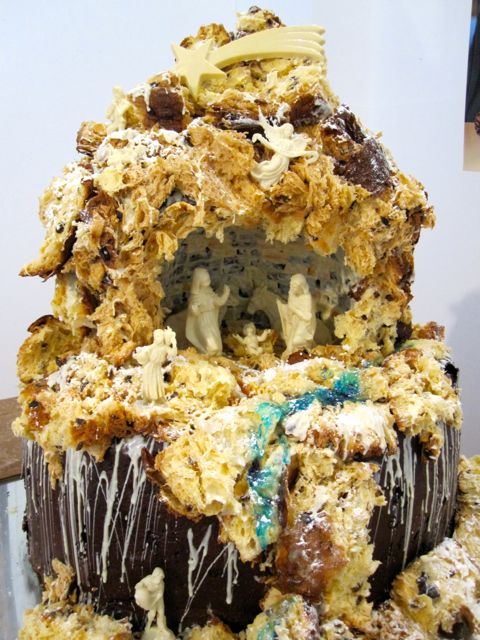
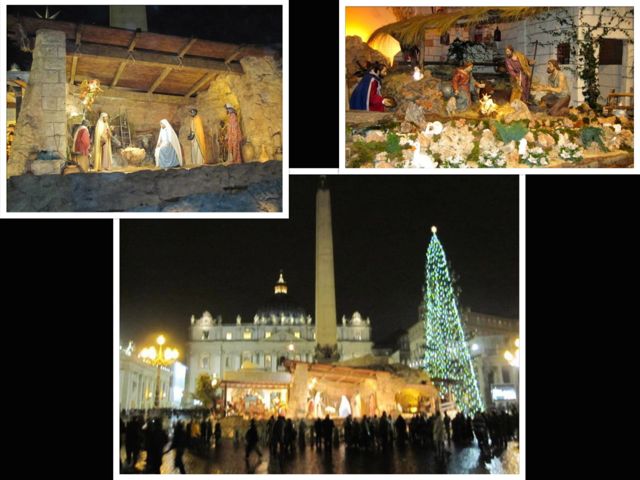
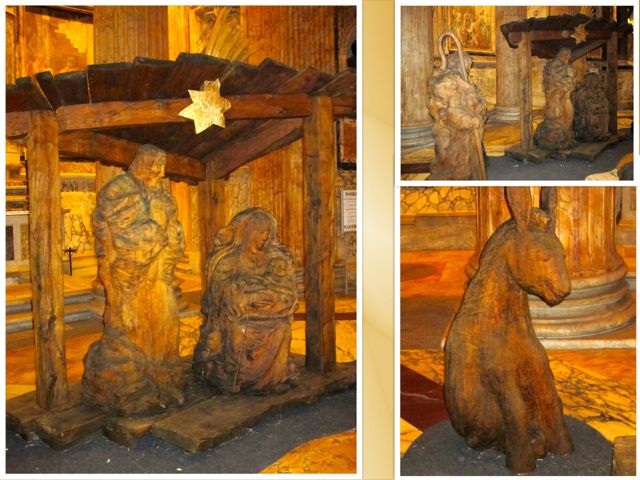
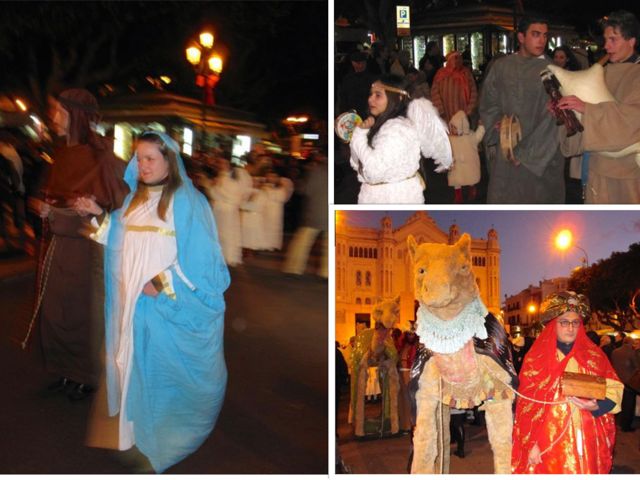
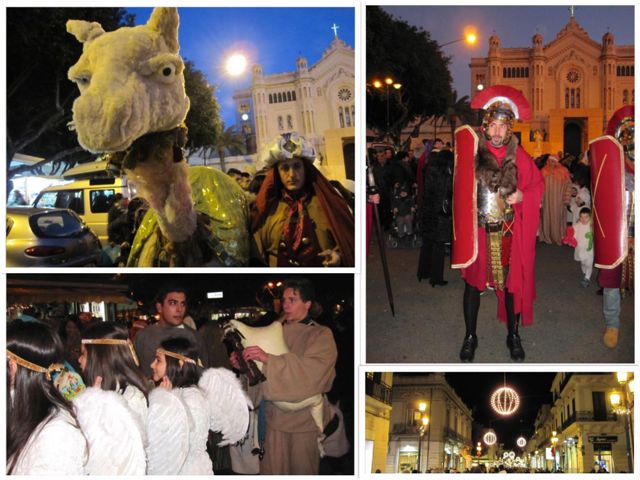
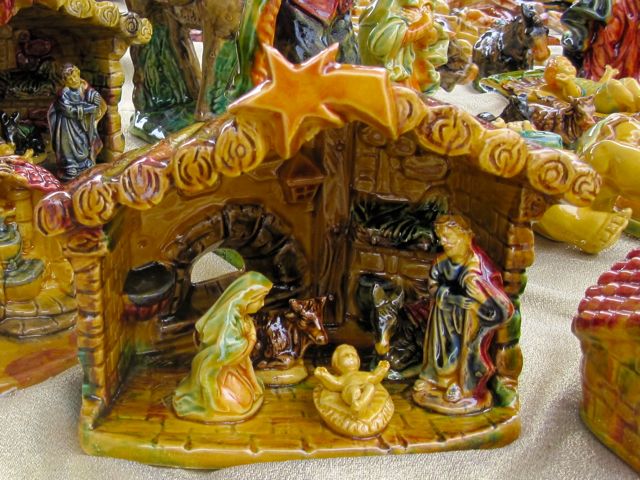
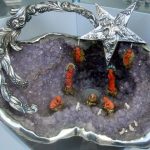
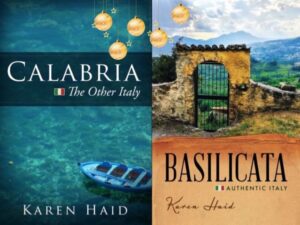
Comments 2
Many beautiful and unusual creches, but I STILL prefer the one that was always present in the living room of a house in NJ!
Author
Yes, me too, but the incredible variety and artistry of so many others are also truly special to behold.